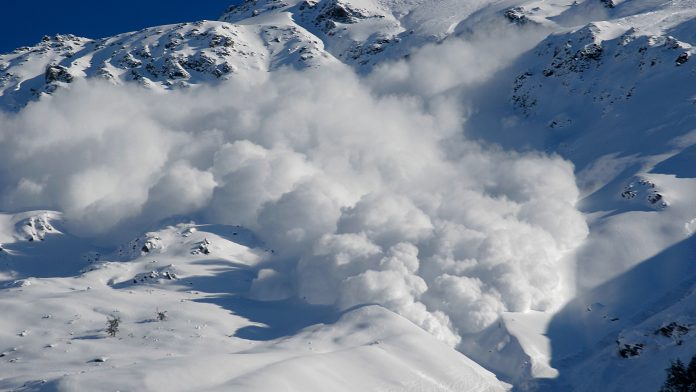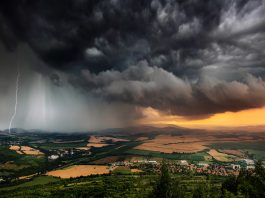Research highlights that due to continual climate change effects, avalanches are occurring at higher altitudes due to less snow fall further downslope.
Avalanches pose a great threat for both people and infrastructures such as buildings, transport and communication networks. We now understand that the effects of climate change are particularly strong within mountainous areas.
The substantial impacts on the cryosphere, including snow, ice, and permafrost, have been well described where changes in glaciers and snow cover are concerned, however our knowledge of how avalanche activity responds to current rising temperatures remains inadequate.
The current lack of avalanche duration recordings
This is partly as a result of lacking sufficient records of long snow-avalanche time series, as well as existing statistical techniques that have not yet been sophisticated enough to take account of the existing inherent biases in the few series that are currently available. This problem has recently featured in the Intergovernmental Panel on Climate Change’s (IPCC) special report on the ocean and the cryosphere that includes a chapter specifically foregrounding this concern in high mountainous areas.
Due to the lack of knowledge in this area, the IPCC research team has conducted a study of the history of avalanche activity in the Vosges Mountains from the end of the eighteenth century to 2013. Their approach was both innovative and multidisciplinary, combining the analysis of historical materials, including written archives, images, as well as oral testimonies, statistical modelling and climate science.
Avalanches recorded to occur at higher elevations
Through their research, the team has been able to demonstrate that the +1.5°C increase in temperature in the Vosges Mountains, that occurred between the middle of the 19th century and the beginning of the twentieth, resulted in a sevenfold reduction in the average number of avalanches per path each winter across the area as a whole. The median size of avalanches decreased significantly, with one last avalanche of an extraordinary size occurring in 1952, with the length of the avalanche season also reducing dramatically by 23 days on average.
An examination of snow cover demonstrates that these changes are linked to a clear reduction, at the end of the Little Ice Age, in snow cover depth and duration at the lower and middle altitudes at the mountain range. As a result, avalanches have almost disappeared from these altitudes in the Vosges mountains. Currently, avalanches continue to occur solely at the highest altitudes of the massif, with minimum altitudes for release areas of around 1200m. However, avalanche activity still remains a potential hazard.
This study suggests that, in numerous mountain ranges, avalanche activity will gradually become restricted to ever higher altitudes. This migration is hypothesised to likely be accompanied by a reduction in their average size and in the length of the season in which they occur, as future global warming further reduces snow cover.
More widely, these results demonstrate that low to medium elevation in mountain ranges, such as the Vosges mountains, can act as sentinels to grasp the impacts of global warming. This will help us to design effective adaptation strategies for mountain areas worldwide and assist in producing further safety precautions for these events.









